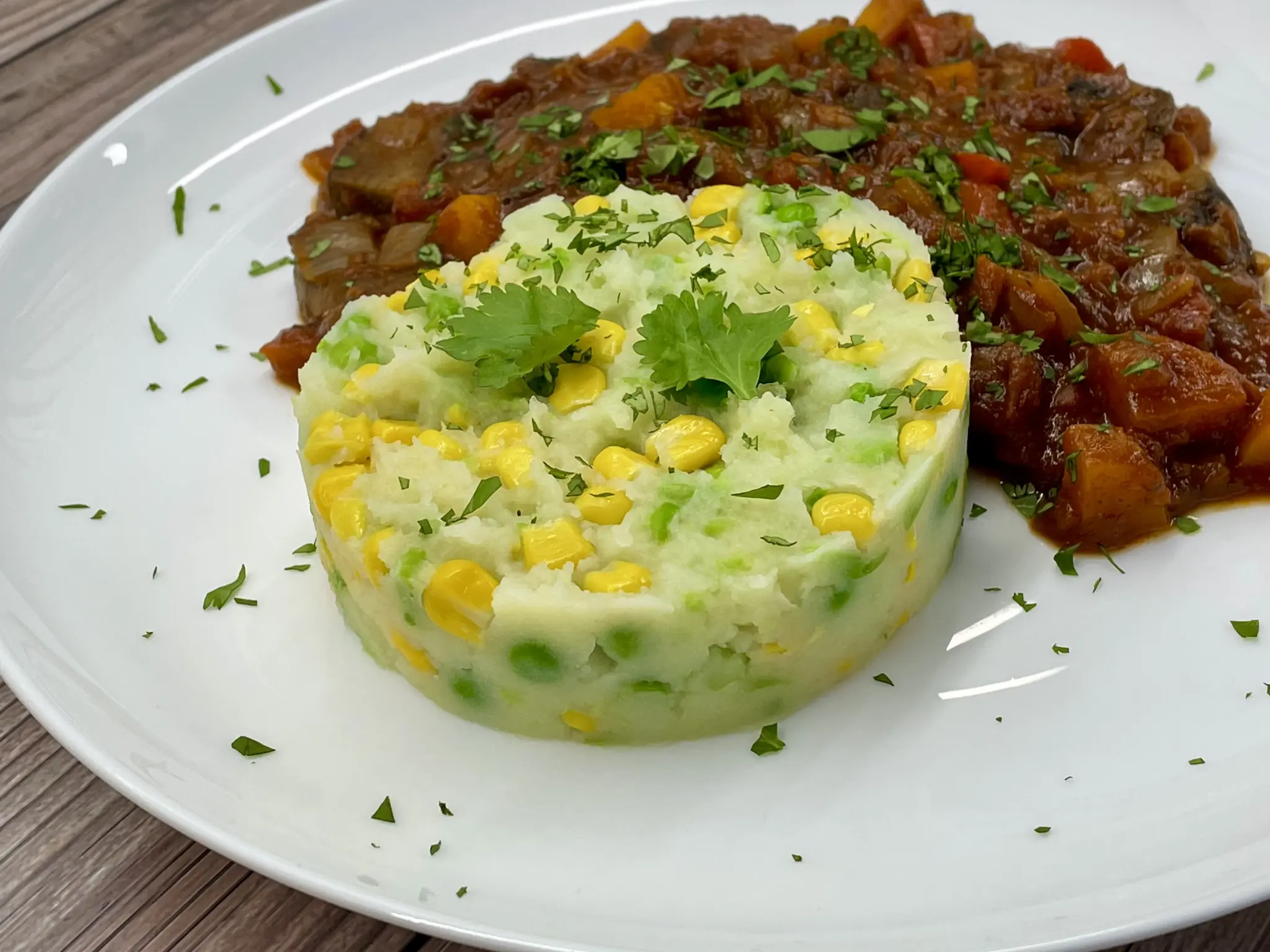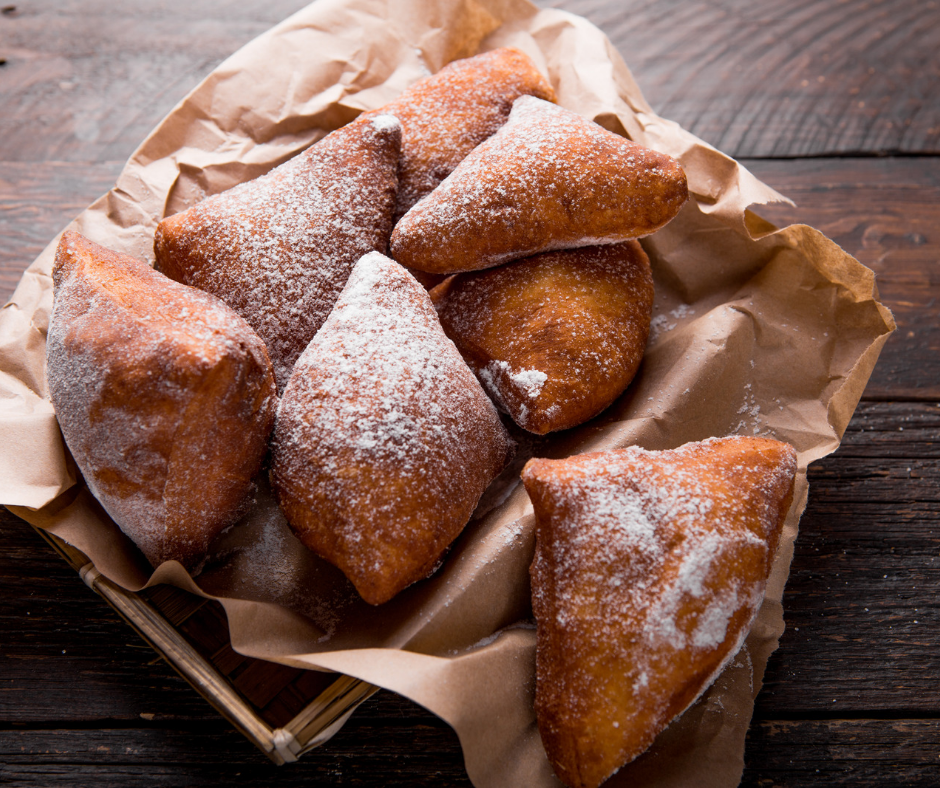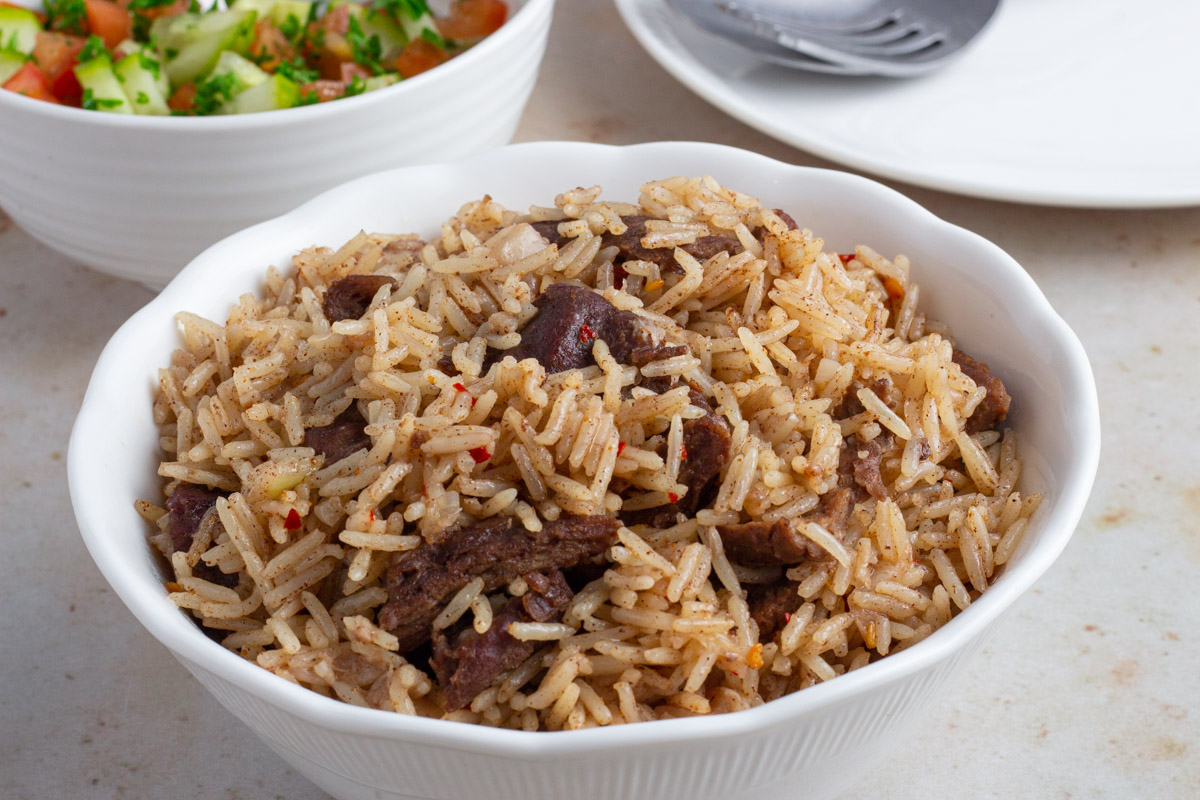Kenyan cuisine is an amalgamation of flavours, textures, and culinary practices. It offers an intriguing insight into the country’s rich cultural heritage and agricultural diversity. Rooted in tradition yet dynamically evolving, the food scene in Kenya is a testament to the interplay between indigenous practices and foreign influences. Whether dining at home or exploring the streets of Nairobi, Mombasa, or other locale, the Kenyan food experience is one of discovery and delight.
The Heart of Kenyan Home Cooking
At the core of Kenyan home cuisine is the principle of simplicity, infused with flavours that speak to the soul. Staple foods include Ugali, a dense cornmeal porridge, served alongside succulent stews and grilled meats. Sukuma Wiki, a sautéed green leafy vegetable, often accompanies Ugali, embodying the Kenyan ethos of resourcefulness and sustenance. Another beloved dish is Irio, a nutritious mash of potatoes, peas, and sometimes corn, reflecting the agricultural bounty of the Kenyan highlands.

Nyama Choma, Kenya’s iconic grilled meat dish, is a social food often enjoyed with friends and family. Traditionally, it involves slow-grilling goat or beef over an open fire, seasoned with simple spices. This dish, more than any other, represents the Kenyan love for meat and communal dining. For the adventurous palate, Githeri offers a hearty blend of boiled corn and beans, showcasing the Kenyan knack for turning basic ingredients into a satisfying meal.

Kenya’s Street Food Scene
Eating out in Kenya introduces visitors to a smorgasbord of street foods and restaurant offerings that highlight regional specialties. Mandazi, a type of East African doughnut, is a popular snack, perfect for those on the go.

Seafood lovers will revel in Mombasa’s culinary offerings, where fresh fish and crustaceans are prepared with coconut and aromatic spices, reflecting the Indian Ocean’s bounty. Samosas, though originally from the Middle East, have found a home in Kenyan snack culture, with local variations filled with spiced meat or vegetables.
Kenya’s street food scene is vibrant and offers a taste of local flavours in their most authentic form. Chapati, an Indian-influenced flatbread, is widely enjoyed, often rolled with vegetables or meat to make a satisfying meal. Roasted maize and sweet potatoes are ubiquitous, providing a quick, delicious, and affordable way to experience Kenyan snacking culture.
Foreign Influences and Fusion
Kenyan cuisine has not remained impervious to foreign influences. Historical interactions with Arab traders introduced coconuts and spices, seamlessly integrating into coastal cooking. Coastal regions of Kenya now offer dishes like Biryani and Pilau, rice dishes richly layered with spices and meats.

British colonial rule left its mark with the adoption of tea as a national beverage, and now also a major export crop grown in the Kenyan highlands. More recently, globalization has introduced Kenyans to fast food and other international cuisines, leading to a fusion of flavours and culinary experimentation.

Yet, despite these influences, Kenyan cuisine retains its unique character, grounded in the use of local ingredients and traditional cooking methods. It’s a cuisine that invites exploration, offering a rich tapestry of flavours that are at once familiar and entirely new.
Kenyan cuisine is a delightful journey through the country’s cultural and agricultural landscape. It offers an array of dishes that cater to both the traditional palate and the adventurous foodie. Whether you’re sampling Ugali and Sukuma Wiki at a local home or enjoying Nyama Choma at a bustling eatery, the flavours of Kenya are sure to leave a lasting impression. For visitors and non-Kenyans alike, the Kenyan food experience is an invitation to explore, taste, and celebrate the diversity and richness of this East African culinary gem.


